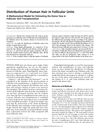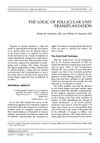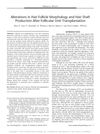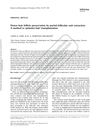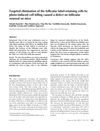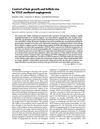Follicular Unit Hair Transplanting: End of the Evolution or a Good Thing Taken Too Far?
February 2000
in “
Dermatologic Surgery
”
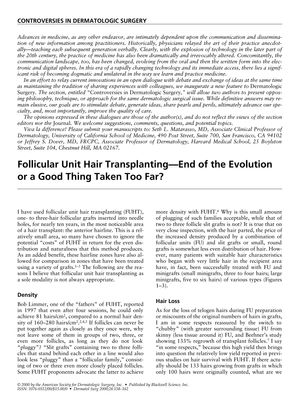
TLDR The document concludes that hair restoration has improved with follicular unit transplantation, making it more scientific and precise.
The document presents contrasting views on follicular unit hair transplanting (FUHT). Walter P. Unger, MD, who has nearly a decade of experience with FUHT, raises concerns about its effectiveness and appropriateness. He points out that even after four sessions, FUHT achieves a hair density of only 81 hairs/cm², which is below the normal range of 160-280 hairs/cm². Unger also highlights the potential for increased damage to follicular units due to less protective tissue, leading to lower donor hair survival, and criticizes the technique's high dependence on technician skill and consistency. He calls for more rigorous scientific studies to substantiate FUHT's efficacy claims and suggests that it should not be seen as the ultimate advancement in hair transplanting. On the other hand, the document also discusses the benefits of follicular unit transplantation (FUT), emphasizing its role in minimizing wound size, preserving blood supply, and allowing for the transplantation of large numbers of grafts in a single session, with some achieving densities over 120 hairs per square millimeter. It notes the practical advantages of large session transplants and the precision offered by the use of microscopes for dissection. The conclusion by Robert M. Bernstein, MD, William R. Rassman, MD, and Dow Stough, MD, is that hair restoration surgery has become more scientific and precise with the adoption of FUT, marking a significant impact on the field.
